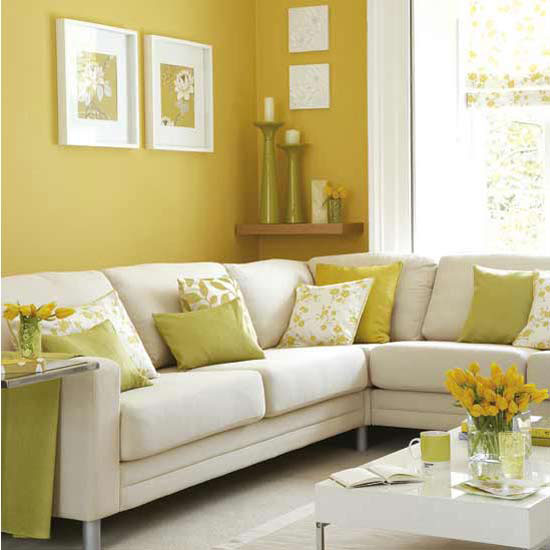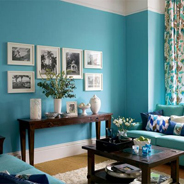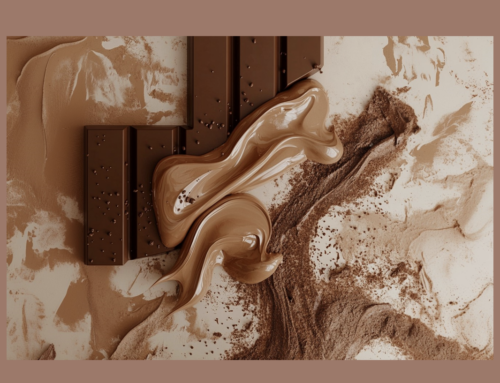February 5, 2013
When it comes to decorating your home one of the quickest ways to make a change is with paint. Whether you are painting the walls, furniture or the ceiling, paint can give you that lift without having to do a full scale renovation.
But how can you be certain that the color chip will look the same when it is applied to the wall?
For novice painters (as well as veterans) it is always amazing to see a pastel such as a light Candy Pink, turn into Bubblegum on the walls. A small sample will rarely be seen as the same color when viewed on a much larger scale, as the color becomes more intense when you are literally surrounded by it. In addition, there are other considerations, such as the color of the surrounding space, particularly ceiling and floor. Most importantly, it is the quality and quantity of light in the space that will make the difference.
It is always best to start with a simple chip that is more subdued than the color you envision in the space. If you are working with a professional painter, colorist, or decorator, or are brave enough to experiment on your own, you can also try modifying the base color with a dollop of its complementary color. You can also try “dirtying” the color a bit (not a bad thing in painter’s parlance) by adding a pinch of brownish umber shade sold in tubes and bought in a paint or hardware store. Follow the directions on the label. If you prefer a grayer shade, you can always add a bit of black, but experiment first.
Here are some additional guidelines before spackling and tackling the walls:
Test the color in the actual setting.
Test your color over a white background. This can be done directly on the wall or on a large poster board or masonite measuring at least five feet by five feet.
Paint two coats of color over the white.
Move the board around to different areas of the room so that you can see it at every angle.
Look at the test at different times of the day to see how the color might change in natural light and artificial light.
If the effects are pleasing, you are ready to roll.
Do you have a painting story or painting horror story? What successes or failures have you encountered when taking on a painting project? Did you “Do It Yourself” or hire a professional?








Another thing to consider is trim color. If casings and mouldings are stark white you’ll have a crisper look with higher contrast than a room with natural wood trim. A rule for the color-fearing: if you’re choosing off of a chip with multiple shades of the same color start with the lightest.
These are some great tips! Thanks Mary, for sharing.
I’ve learned so much since painting puffy white clouds on periwinkle ceilings! I’m a big fan of yours; my copy of “Colors For Your Every Mood” is dog-eared and tattered! You inspired me to learn about color. Now I live it and share it every day. Thank you!
Thank YOU for reading my book. CFYEM is a book that I refer to daily. Our office copy is a sad mess too. It means a lot to me that you like it.
Reblogged this on .
Reblogged this on Bedding and Bath Towel Linen Information and commented:
Some good tips from Leatrice Eiseman when you are making the decision to paint a room. Especially if you have decided to change colors.